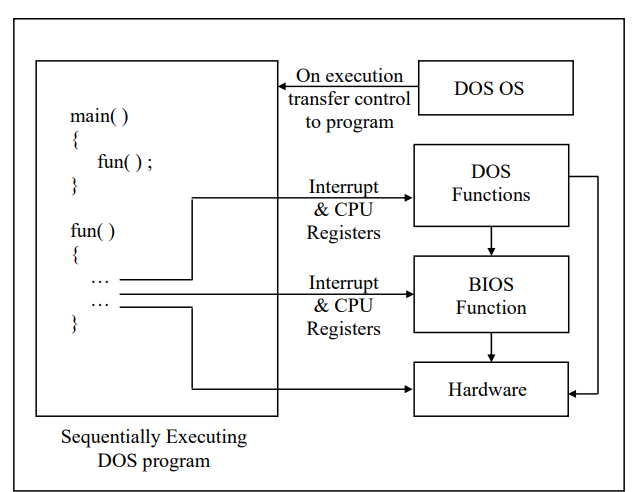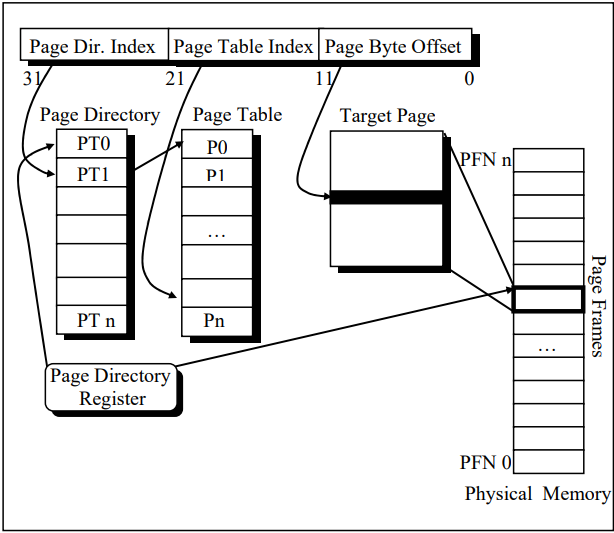Introduction to C Programming: A Beginner’s Guide
C is a versatile and powerful programming language that has been widely used for several decades. It serves as the foundation for many modern programming languages and is an essential skill for aspiring programmers. In this beginner’s guide, we will explore the basics of C programming, its features, and provide examples to help you get … Read more




